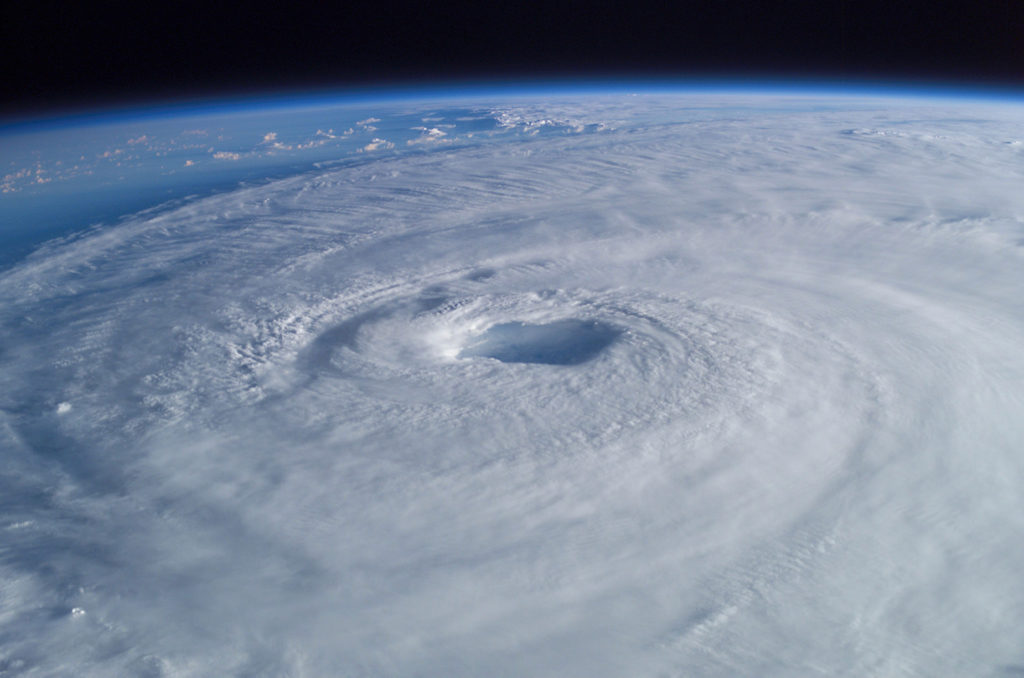
There were no active tropical weather systems of concern to the V.I. in the Atlantic basin Wednesday, but the tropical weather team at Colorado State University issued an updated forecast, saying they now expect the hurricane season to be “extremely active.”
The CSU Tropical Meteorology Project team cited very warm sea surface temperatures and very low wind shear in the tropical Atlantic as primary factors in increasing its forecast from its “above-average” prediction issued the day before the season started.
According to the report, tropical Atlantic sea surface temperatures averaged over the past month are at their fourth-highest levels since 1982, trailing only the very active Atlantic hurricane seasons of 2005, 2010 and 2017. Warmer-than-normal sea surface temperatures provide more fuel for tropical cyclone formation and intensification, the report said. They are also associated with a more unstable atmosphere as well as moister air, both of which favor organized thunderstorm activity that is necessary for hurricane development.
Vertical wind shear during July was also extremely weak across the tropical Atlantic and Caribbean. Strong vertical wind shear tears apart hurricanes as they are trying to develop and intensify, and vertical reduced wind shear aids in hurricane development. When vertical wind shear is low in July, it also tends to be low during the peak of the Atlantic hurricane season, from August through October.
The tropical eastern and central Pacific currently has cool-neutral ENSO conditions. The El Niño-Southern Oscillation is a recurring climate pattern involving changes in the temperature of waters in the central and eastern tropical Pacific Ocean. El Niño and La Niña are the extreme phases of the ENSO cycle; between these two phases is a third phase called ENSO-neutral. The water temperatures are slightly below average. CSU anticipates cool neutral ENSO conditions or potentially weak La Niña conditions for the peak of the Atlantic hurricane season. El Niño tends to increase upper-level westerly winds across the Caribbean into the tropical Atlantic, tearing apart hurricanes as they try to form. Atlantic hurricane seasons tend to be much more active when the tropical Pacific has either cool neutral or La Niña conditions.
24 Named Storms
The CSU Tropical Meteorology Project team is predicting 24 named storms in 2020, including the nine named storms that have already formed – Arthur, Bertha, Cristobal, Dolly, Edouard, Fay, Gonzalo, Hanna and Isaias.
Of those, researchers expect 12 to become hurricanes, including the two that have already formed, Hanna and Isaias, and five to reach major hurricane strength – categories 3, 4 and 5 on the Saffir/Simpson scale – with sustained winds of 111 miles per hour or greater.
Twelve hurricanes are the most the team has ever predicted in their August forecast, CSU noted in its news release. This is an increase from the early July seasonal forecast which predicted 20 named storms, nine hurricanes and four major hurricanes.
The forecast is based on a statistical model that uses approximately 40 years of historical data, include Atlantic sea surface temperatures, sea level pressures, vertical wind shear levels (the change in wind direction and speed with height in the atmosphere), El Niño (warming of waters in the central and eastern tropical Pacific) and other factors.
So far, CSU’s news release said, the 2020 hurricane season is exhibiting characteristics similar to 1966, 1995, 2003, 2005, 2010 and 2017.
“All of these seasons were very active in the Atlantic basin, with several [most notably 1995, 2005 and 2017] being extremely active,” said Phil Klotzbach, a research scientist in the CSU Department of Atmospheric Science and lead author of the report.
The team predicts that the 2020 hurricane activity will be about 190 percent of the average season. By comparison, 2019’s hurricane activity was about 120 percent of the average season. The 2019 season was most notable for Hurricane Dorian, which devastated the northwestern Bahamas and for Tropical Storm Imelda which caused tremendous flooding in portions of southeast Texas.
Take Precautions
As always, the researchers caution coastal residents to take proper precautions.
“It takes only one storm near you to make this an active season,” Bell said.
The report includes the post-Aug. 4 probability of major hurricanes making landfall in the continental U.S. and Caribbean:
– 74 percent for the entire U.S. coastline (full-season average for the last century is 52 percent)
– 49 percent for the U.S. East Coast including the Florida peninsula (full-season average for the last century is 31 percent)
– 48 percent for the Gulf Coast from the Florida panhandle westward to Brownsville (full-season average for the last century is 30 percent)
– 63 percent for the Caribbean (full-season average for the last century is 42 percent)





